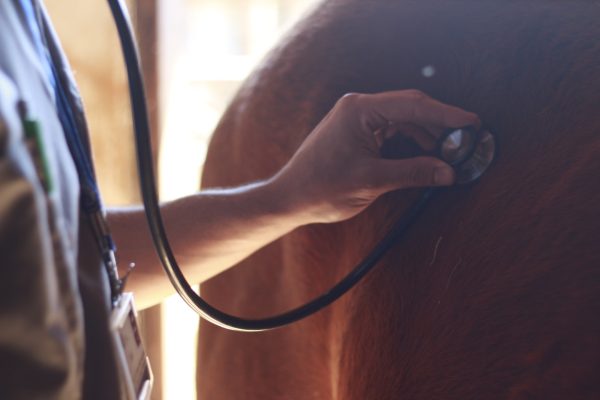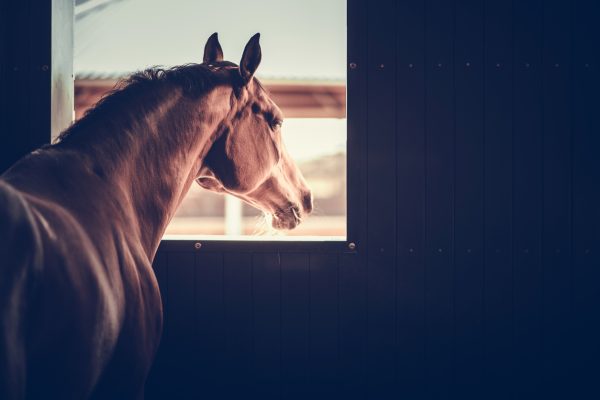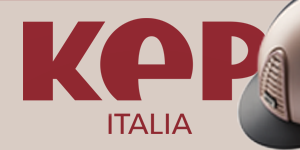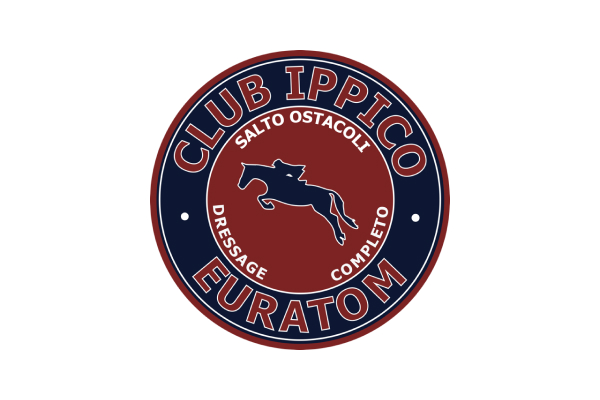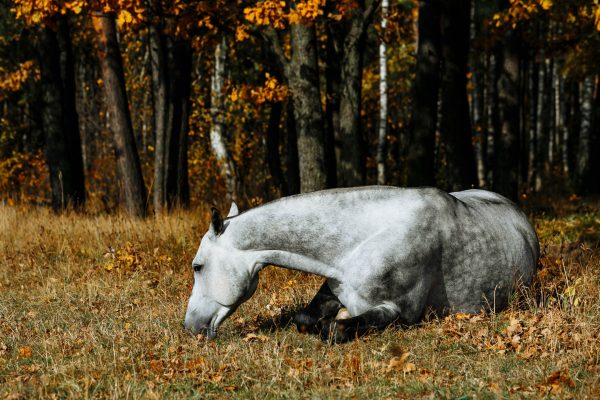
Unveiling Equine Pain: Understanding and Addressing the Signs
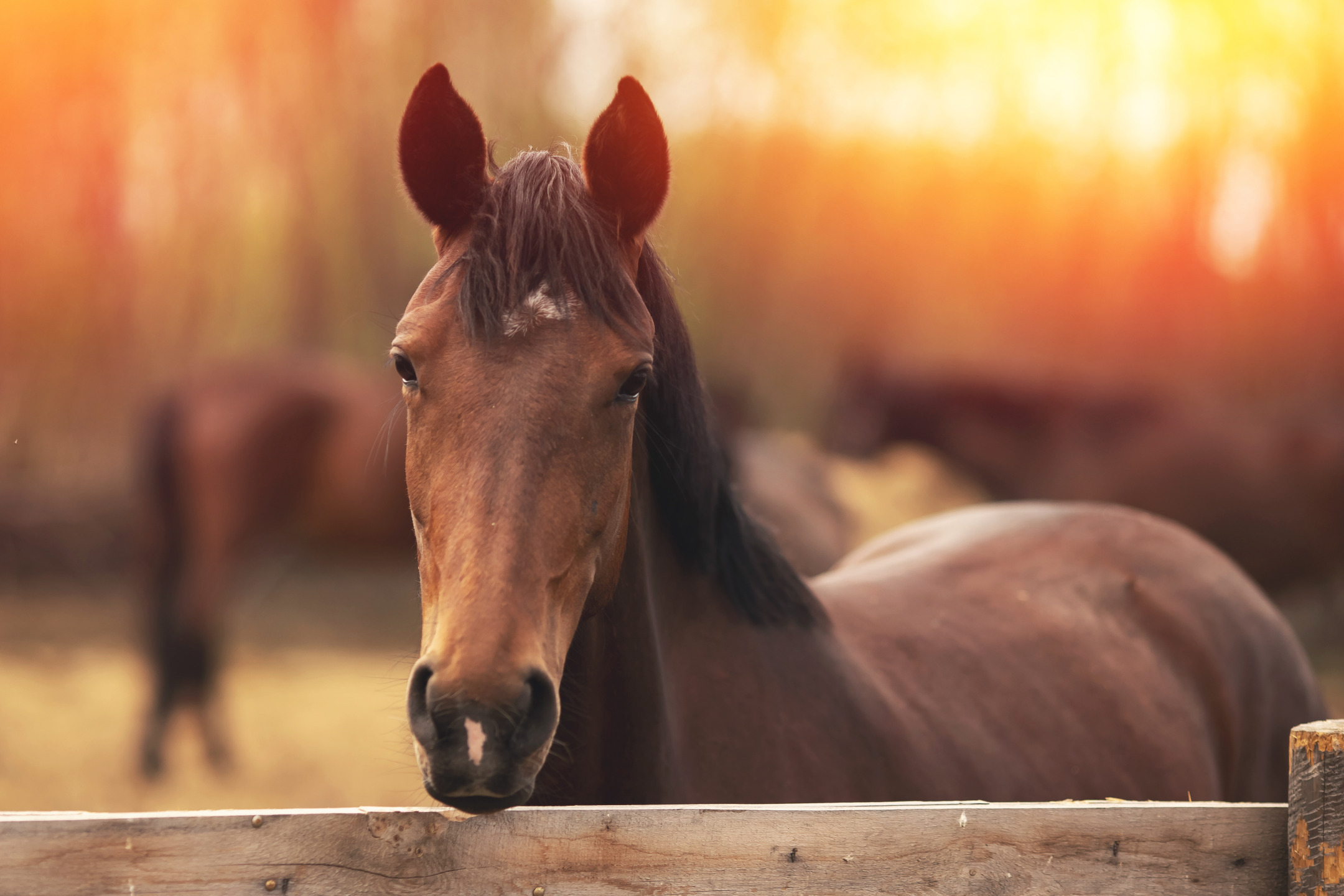
In the realm of equine companionship, understanding the signs of pain is crucial for ensuring the well-being of our four-legged friends. Dr. Garbagnati, an expert in internal medicine and intensive care at the veterinary clinic Piola, sheds light on the subtle and overt signals that horses may exhibit when experiencing pain.
Pain in horses, Dr. Garbagnati explains, can manifest in both conspicuous and subdued ways. To begin this diagnostic journey, he encourages observers to step outside the box – the horse’s living space – and keenly observe the animal for an extended period.
One key indicator of pain is the reluctance to move, with the horse potentially standing still, head angled, and exhibiting a disinclination to respond to stimuli.
These behaviors could hint at serious orthopedic, thoracic, abdominal, or metabolic issues. Dr. Garbagnati emphasizes the importance of sustained observation to evaluate signs of depression, characterized by a lowered neck and head, dilated nostrils, semi-closed eyes, and still ears and tail.
Interestingly, some horses with pain display signs of depression rather than following expected behaviors during a colic episode. These nuanced signs require careful evaluation due to the diverse range of underlying pathologies, making professional assistance crucial.
For visceral problems, horses may display more common signs of pain, which could stem from either the abdominal or thoracic cavities. Dr. Garbagnati notes that horses predisposed to abdominal issues make these pathologies statistically more prevalent.
Subtle signs include circling behavior, restlessness, and
elevated breathing. Notably, restlessness can manifest as horses attempting to escape their enclosure, a flight response indicative of their prey nature.
The attentive observer should also consider the positioning of the horse’s nostrils and ears. While a well horse remains alert to stimuli, one in distress may exhibit stationary nostrils and ears held low or backward as a defensive reaction.
Dr. Garbagnati underscores the significance of recognizing subtle signs, as intervention during these early phases can prevent the progression of pathologies and potentially avert the need for surgical measures.
She emphasizes the importance of addressing discomfort and slight pain promptly.
In conclusion, Dr. Garbagnati’s insights provide a valuable guide for equestrians and caretakers to recognize and interpret the diverse signs of equine pain. By fostering a deeper understanding of these signals, we empower ourselves to proactively ensure the well-being of our cherished equine companions.
V. Sozzi
© Rights Reserved.




.png)




